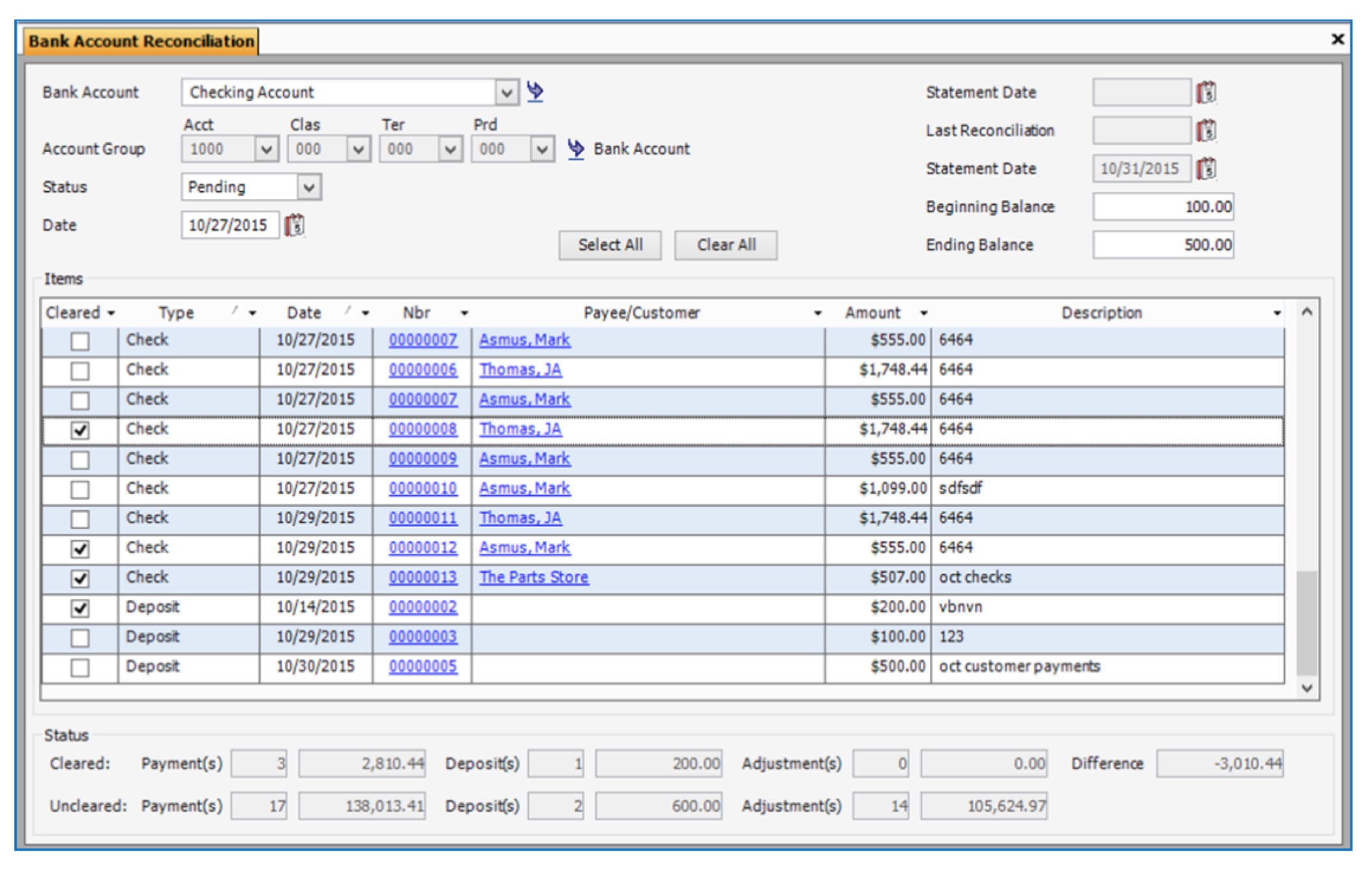

Companies that excel at this level avoid unnecessary downward pressure on prices and often emerge as industry price leaders.

The broadest view of pricing comes at the industry price level, where managers must understand how supply, demand, costs, regulations, and other high-level factors interact and affect overall prices. Businesses trying to obtain a price advantage-that is, to make superior pricing a source of distinctive performance-must master all three of these levels. Although distinct, each level is related to the others, and action at any one level could easily affect the others as well. Transaction pricing is one of three levels of price management. Only then could you determine how much money, if any, you were making and whether you were charging the right price for each customer and transaction. The idea was to figure out the real price you charged customers after accounting for a host of discounts, allowances, rebates, and other deductions. Rosiello, 'Managing price, gaining profit,' Harvard Business Review, September–October 1992, pp.

Such an approach to pricing-transaction pricing, one of the three levels of price management ( see sidebar "Pricing at three levels")-was first described ten years ago. In this sense, there is room for price increases or at least price stability even in today's difficult markets. We are not talking about raising prices across the board quite often, the most effective path is to get prices right for one customer, one transaction at a time, and to capture more of the price that you already, in theory, charge. Yet nothing could be further from the truth. In such an environment, managers might think it mad to talk about raising prices. The one-two punch of cyclical and newer factors has eroded corporate pricing power and forced frustrated managers to look in every direction for ways to hold the line. There are newer sources as well: the vastly increased purchasing power of retailers, such as Wal-Mart, which can therefore pressure suppliers the Internet, which adds to the transparency of markets by making it easier to compare prices and the role of China and other burgeoning industrial powers whose low labor costs have driven down prices for manufactured goods. Some of it stems from cyclical factors-such as sluggish economic growth in the Western economies and Japan-that have reined in consumer spending. At few moments since the end of World War II has downward pressure on prices been so great.


 0 kommentar(er)
0 kommentar(er)
